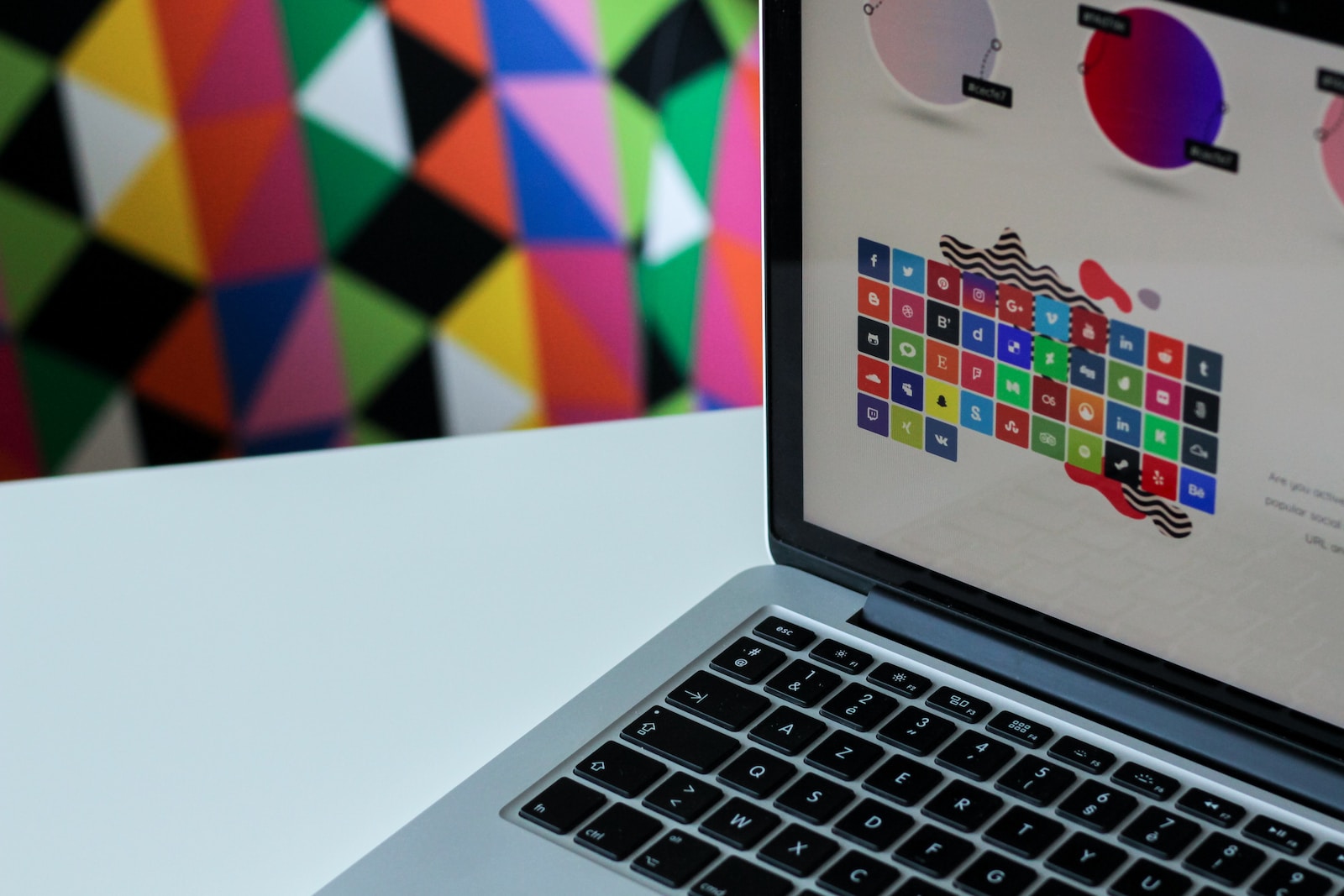Colors play a crucial role when it comes to branding. That is why, when designing your brand’s website, choose colors that are consistent with your brand.
Confused?
Worry not! The post below will cover five ways to use color psychology in website design to make your brand more powerful.
1. Understand color associations:
Certain colors are already associated with certain emotions. Extensive research has been done on the association of these colors. Rather than going against these associations, it is best to understand them and use the colors accordingly. Below we will cover the associations of some of these colors to help you use them right.
- Red:
Red is often associated with action, passion, and excitement. If you want your brand to embody the same, use the red color and shades of it.
- Yellow:
Yellow is often associated with originality, happiness, and optimism.
- Orange:
Orange indicates creativity, friendliness, and enthusiasm.
- Green:
Green denotes stability, nature, vibrancy, and youth.
- Blue:
Blue indicates calmness, depth, and stability.
Use colors according to these associations; you can never go wrong with branding.
2. Use the same colors consistently
Once you understand and select the colors, do not change them. For example, using blue colors and shades in the web design, use the same colors in the marketing tools. Do not change colors, as that will reduce brand recall.
If the company or business already has a logo or marketing material, understand the colors used in the same and use them in web designing so that there is proper consistency in branding and web design.
3. Create a color palette
Of Course, you can’t design the entire website using a single color. Select the primary color according to the business’s associations or current logo colors. Once the primary color is decided, now is the time to create a palette of colors that goes well with the primary color.
There is no need to go through extensive trials to choose the color palette. Use a site like Colorhunt.co. The site allows you to add the primary color and accordingly will suggest numerous palettes of colors that go well with the primary color.
Once you have the entire palette, it becomes easy to design the entire website. This palette should be used in the web design and any marketing materials you design for the same business, like logos, banners, and other graphics.
That way, you can increase the brand recall resulting in more return visitors to the website of business and more profits.
4. Do not ignore cultural associations of colors
According to research by MIT, the perception of colors can vary from one culture to another. That is why, when designing a website, understand the target demographic of the business. After that, understand the cultural nuances of that demographic. Only when you are sure that the color is not associated with anything negative or something that doesn’t represent the brand. Checking for the negative association is a must; otherwise the business might have to eventually spend a significant amount of money on rebranding to change the colors and associate the new colors and design with the business.
5. Test colors with your audience
Finally, test the colors by advertising the same or running an opinion poll among your target audience. Even if you have followed the above tips to select the right colors, you cannot know about the perception of the audience 100% accurately in advance.
The best is to do A/b testing to understand which one converts better and finalize that design.
Follow the 5 above tips, and you can exploit the basic principles of color psychology to design a high-converting website for any business or company.

